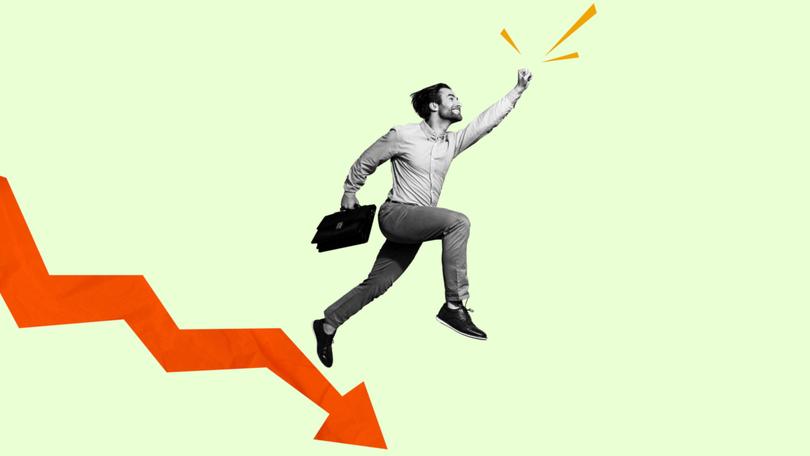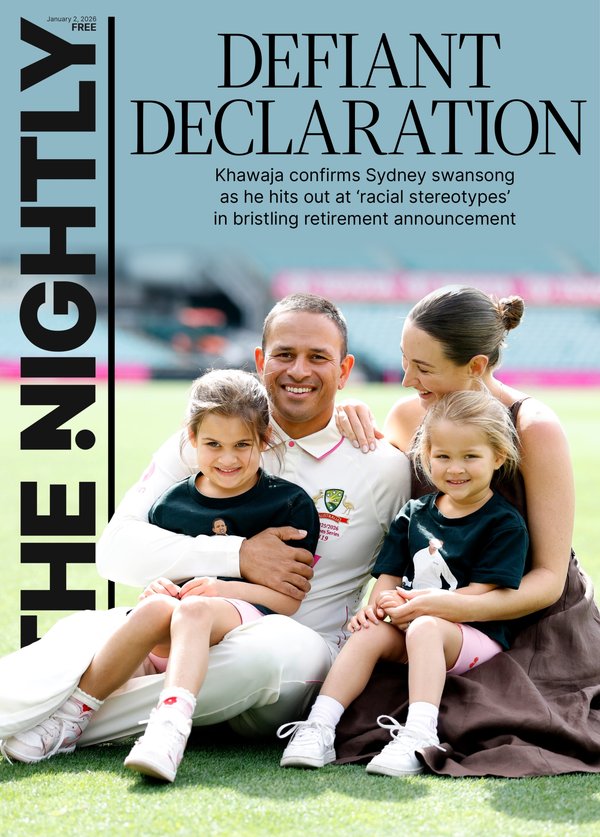National unemployment rate drops to 3.7pc in February as more people start new jobs

The national unemployment rate fell significantly in February as a large number of people started new jobs, new figures show.
The rate fell from 4.1 per cent in January to 3.7 per cent in February — a level last seen about six months earlier, Australian Bureau of Statistics numbers released on Thursday show.
Some analysts expect the figures will keep any interest rate cuts by the Reserve Bank of Australia well into the second half of the year, though others have suggested rate cuts are more likely next year.
Sign up to The Nightly's newsletters.
Get the first look at the digital newspaper, curated daily stories and breaking headlines delivered to your inbox.
By continuing you agree to our Terms and Privacy Policy.At a state level, the unemployment rate fell most in SA and WA, down 0.8 percentage points and 0.7 percentage points, to 3.2 per cent and 3.6 per cent, respectively. Unemployment over the month barely moved in Victoria, Queensland and Tasmania.
“Today’s result will greatly reduce pressure on the Reserve Bank to signal rate cuts anytime soon,” Betashares chief economist David Bassanese said, adding he now expects the first rate cut in September, not August.
The fall follows larger-than-usual numbers of people in December and January who had work but were waiting to start or return to it, the ABS reported, meaning a large than usual number of people into work last month — even more so than February last year.
“In 2022 and 2023, around 4.3 per cent of employed people in February had not been employed in January,” ABS head of labour statistics Bjorn Jarvis said.
“In 2024 this was higher, at 4.7 per cent, and well above the pre-pandemic average for 2015 to 2020 of around 3.9 per cent.
“In contrast, we again only saw around 3.1 per cent of employed people in January leaving employment by February, which was similar to last year and has remained relatively constant over time.
“This shows that there is a wider gap than we would usually see between the numbers of people entering employment and leaving employment.”
Treasurer Jim Chalmers said the figures showed the labour market was resilient with the added benefit that inflation was moderating.
“Global economic uncertainty, moderating but high inflation and higher interest rates are slowing our economy in expected ways, and as a result we expect the labour market to soften over the period ahead but today’s result shows that our economic plan – to help Australians earn more and keep more of what they earn – is making a meaningful difference,” he said.
The results mean the national jobless rate is again below 4 per cent, a marker it had been below (until January) since mid-2022 and that had not been seen since about 1974.
It’s a result EY senior economist Paula Gadsby described as “stunning”.
“The unemployment rate (is) sitting far below the Reserve Bank’s forecast, and justifies the board’s cautious approach,” she said.
“If anything, it presents an upside risk for the Reserve Bank in ensuring inflation returns to target, with a tight labour market likely to keep pressure on wages.
“The fight against inflation is far from over.”
Most economists expect the unemployment rate to gradually drift higher this year in response to the slowing economy.
The data came as new figures revealed Australia’s population increased 2.5 per cent in the year to September 30, 2023.
Most of the increase was driven by net overseas migration, up 16.3 per cent compared to the prior three months, while natural increase was up 9.8 per cent over the same period.
Population is growing fastest in WA, up 3.3 per cent in the year to September 30, and slowest in Tasmania, up 0.3 per cent. Victoria’s population was up 2.9 per cent, followed by increases in Queensland (2.7 per cent), NSW (2.3 per cent), the ACT (2.1 per cent) and SA (1.7 per cent).
KPMG migration services head Mark Wright said the continuing low unemployment rate proved bosses were still facing challenges with hiring the right candidates, and overseas migration was critical to international competitiveness.
HSBC chief economist Paul Bloxham pointed out employment growth had averaged 23,000 per month over the past three months.
“We expect the RBA will see these figures as supporting its decision earlier this week to hold the cash rate steady, and to note at the press conference that it is still not clear whether the next move for the RBA cash rate will be up or down,” he said.
Originally published on The Nightly
